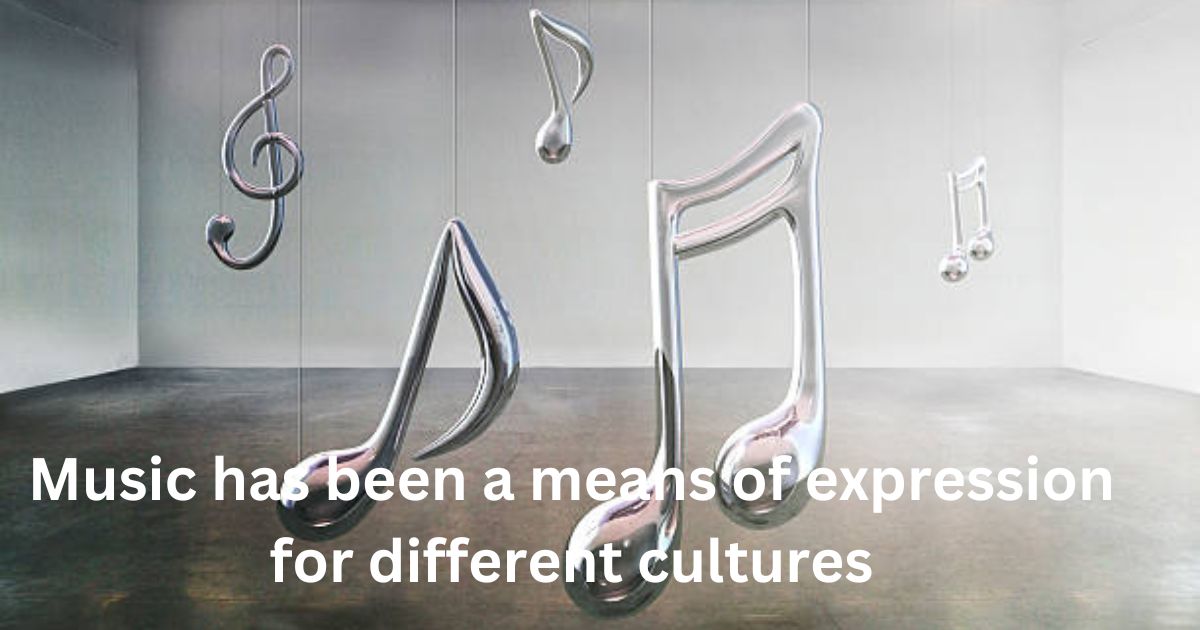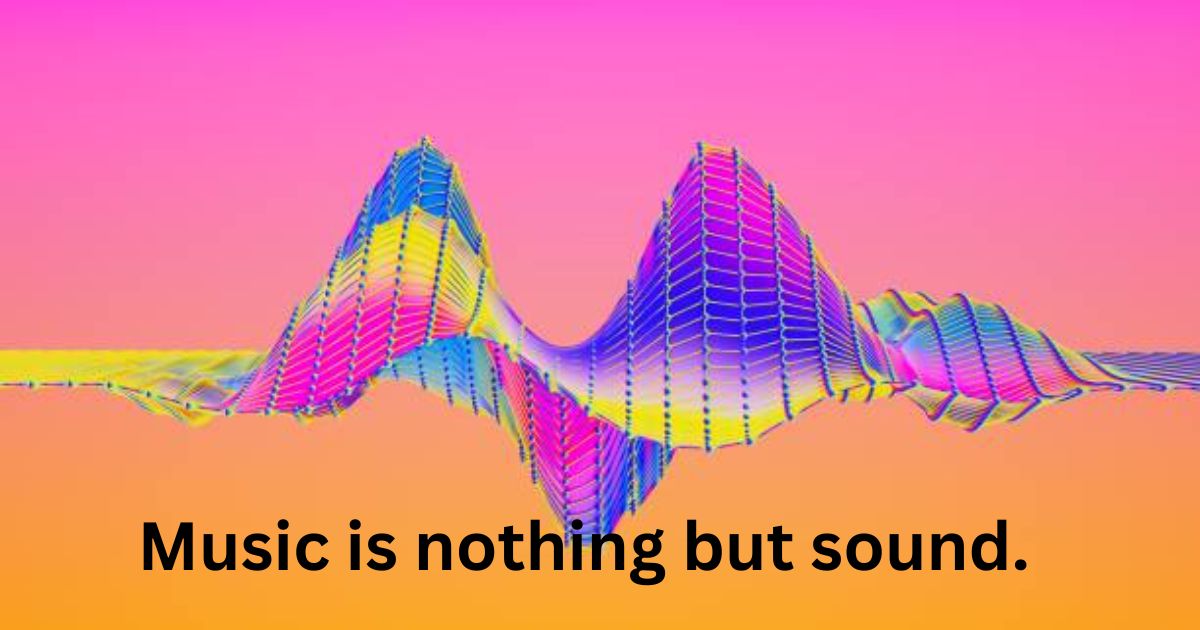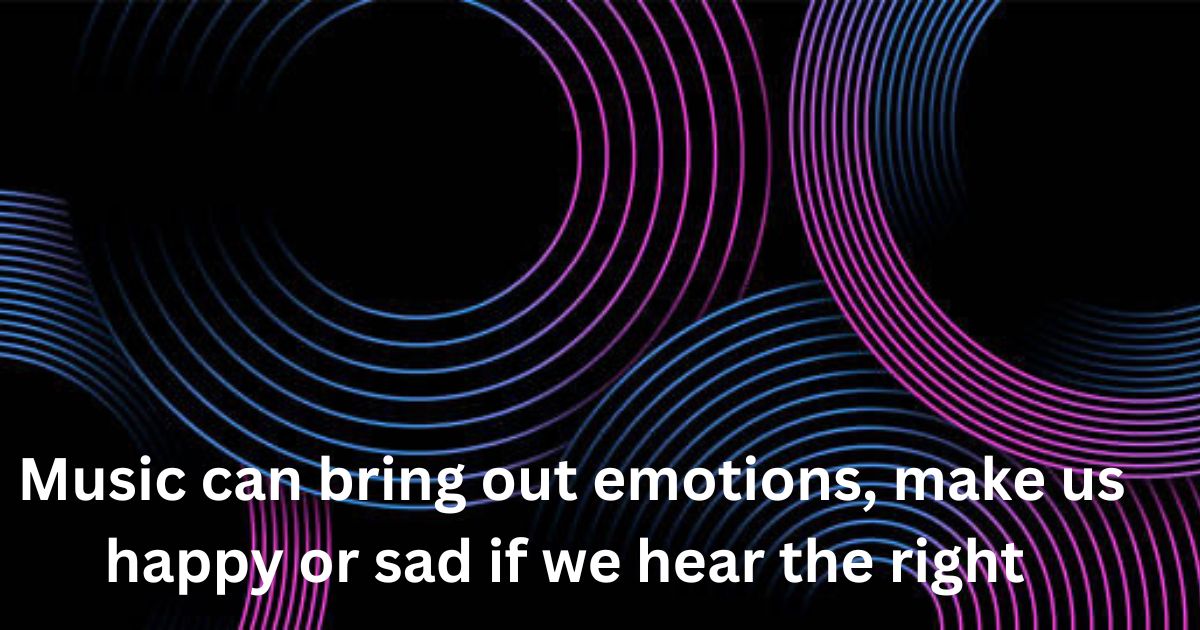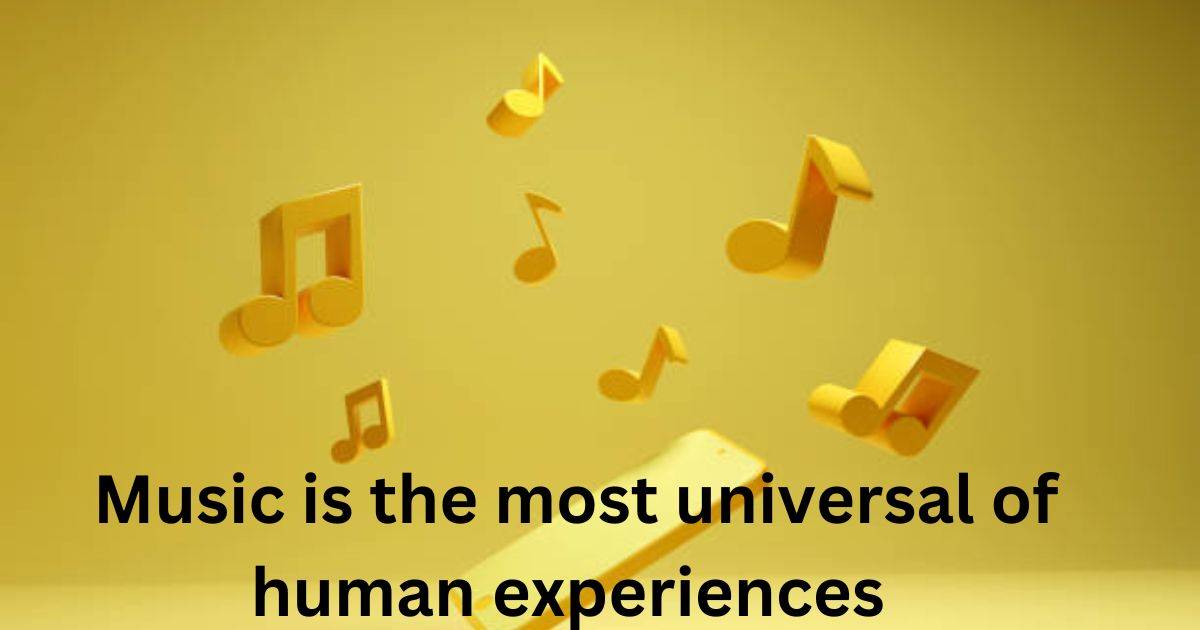Music is the most universal of human experiences — it meets every culture, civilization, and individual. It is a nuanced form of sound and silence, emotion and structure; art and science. Music, however, defined or conceived), is the organized arrangement of sounds over time.
Human psychologist Emmanuel Bigand said that from a human perspective, “music involves [the] processing and perception in rhythmically structured sequences.” But what exactly is music? So why is it so intriguing? Our understanding of music needs to encompass the scientific, artistic as well emotional aspects.
The science of sound and frequency — Soundovermind Science & Technology
Music is nothing but sound. Sound is how vibrations travel through the air (or another medium) and pass into our ears, to then be deciphered by our brain. Now all of these vibrations have some physical characteristics like frequency, amplitude and waveform that determine about whether we feel the sounds as musical or noise.
Frequency: the number of vibrations per second, noted in Hertz (Hz) The higher the frequency is, the pitch will be heard as more high-pitched and lower in a low-frequency tone. The range of human hearing is from 20 Hz to 20,000 and most musical notes fall between these frequencies.
Amplitude, which measures how much energy the sound wave carries or its loudness in simpler terms.
The waveform tells us what the sound wave looks like and affects a softer characteristic of sounds known as timbre, or tone quality. That is why the same note sounds different if it is played on a piano or on a violin.

These, together with other components form the building blocks of music. Sounds, when arranged in a planned and beatful way become musical notes, chords as well music.
Music Theory: Rhythm, Melody and Harmony
When we try to understand music, the three primary things that we think about are rhythm, melody, and harmony.
Rhyth……m rhythm is a pattern of beats & Accents in time. It is what makes music move and groove. Rhythm may be a straightforward beat, or it can contain complicated structures where beats are organized into patterns (meters in 4/4 time and other types of meters).
A stable rhythm keeps the listener in place and gives a framework to let other elements of music develop.
Melody: A sequence of notes arranged in a particular pattern to create a musical phrase that is recognizable or repeated throughout the song. We as humans tend to easily remember melodies for they are the voice of a song. It can be very simple, similar to a nursery rhyme or something extremely complex like the theme of an entire symphony.
Harmony which represents the notes played together to create chords Rich harmonies that create tension and resolution are a powerful tool for adding emotional depth to music. Through the medium of music, different harmonies play off one another to produce certain emotional ranges — and thus come melodies that are happy or sad or uncertain.
The elements of music as a whole that ultimately build to become just one experience together. Rhythm makes everything tick, melody articulates the rhythm and harmony colorise it all to give its full tactile sonic depth in order express emotions.
The Artist Dimension: Music As Language
Although its foundation is based on the laws of science, music reaches it pinnacle through emotional expression. All art, music included, expresses the emotions and ideas of both its creator and audience. Composers and musicians convey emotions — storytelling, in essence — to the listener with melody, rhythm, and harmony.
The art of music is in its transformation of sound to fashion a musical language which represents human feelings. For instance, a minor chord can make someone feel like weeping or in despair while on the advantageous site of life… hell if I know what comes out from a major score for: happiness/triumph.
Fast tempos, especially in popular music can generally create an aspect of excitement or hurry up and go, while slower tempos found more often in EDM tracks may suggest relaxation.

The classical fuses various of these emotional dynamic forces. The equivalent in a classical or jazz-like symphony might be the deliberate progression from tension to resolution, conflict to conclusion; using interplay of harmony (vertical notes), dynamics (loudness more generally) and rhythm.
Though in newer genres such as jazz or rock the emotional landscape can be just as relevant, with many cases where improvisation and raw energy are important to expressing that emotion musically.
Music has been a means of expression for different cultures, each developing its own musical language and tradition used to represent values or emotions in which they believe. Whereas Indian classical music veers towards an emphasis on time and rhythm, creating a platform for improvisation where rhythms convey spirituality and emotionality with subtle complexity.
African drumming leans into polyrhythms of effervescing dancing patterns (like village/historical tales) within communal-performance celebrations. While music may sound different in other parts of the world, its emotional force is equally felt across all cultural differences making it a universal medium through which to express oneself.
Music and Emotion — The Psychological Impacts
Music can bring out emotions, make us happy or sad if we hear the right tune — The same goes for music-related memory. Research in psychology and neuroscience has found that music triggers many parts of the brain, including those associated with emotion, memory, and movement.
This in fact is one of the most interesting things about music — it has an impact on mood and emotion. Some research shows that music may increase the production of dopamine, a neurotransmitter involved in pleasure and reward. Which is why a song you love has such an uplifting quality, or some automatically causes our hearts to sink.
Even the emotional power of music is inextricably bound up with what memory it stirs. Certain songs remind us of different stages in life, to better and worse times. Music does this in part by engaging the brain’s hippocampus, one of two structures central to memory formation.

So when we remember a song from our past, it can bring us back to the feelings and situations that occurred at the time.
Aside from individual responses to music, it is also an important social bonding tool. Singing, dancing or playing instruments as a group creates harmony and unity through music.
It is the reason why in many cultures music plays an important social role, such as during rituals or ceremonies, celebrations and public gatherings.
Music is Universal — A Cross-Cultured Phenomenon
One of the striking characteristics about music is that, it is ubiquitous. The first requirement of a human song or dance is that all known cultures have it, however rudimentary the form — ranging from grave stones to symphonies.
The ubiquity of music across all cultures, not to mention the emotions that it inspires in most humans when we listen to beautiful melodies or genuine performances (think: tears shed at concerts), suggests that this is far from a misplaced generality and inherently reflects their reality.
It is to be passed down throughout the ages, carrying through it a piece of history or knowledge from culture to heritages. Folk songs, for example, express the story of a community or cultures’ heritage and religious music usually carries spiritual messages.
In many healing and meditative traditions, music has long been employed as well to bring the body into balance…as in Tibetan chanting or African drumming for example.
While there are great differences between all of the styles in which music arises around our peoples and planet, this helps us understand that they must not be so different afterall to arise from a shared human experience of Music.
For example, the vast majority of music uses repeating patterns — sometimes very simple ones, like a drum beat which loops throughout an entire song, and other times extremely complex or at least on-the-fly variations.
The melodies, rhythms, and harmonies that do follow these patterns tend to be more satisfying — more fun for the drafters and easier to remember. This could account for why some genres of music, like pop or classical, are popular across cultures.
In Short: Music is Complicated
A collection of notes and rhythms is NOT all there is to music. Truly, it is a visceral, multidimensional journey that sits at the intersection of science and art and emotion.
When it is created, performed and even listened to we are moved by the power of music through inspiration; be that in performing, creating or listening — Music unifies our differences.
The well-being benefits associated with music are cross-disciplinary and range from the scientific origins of sound waves in frequency to their artistically expressed translation into quality forms that have a psychological impact on humans.
A language without words, it sings to the heart and mind through time; breaking cultural barriers. In the end, music is an art that transcends into a quintessential element of humanity.

